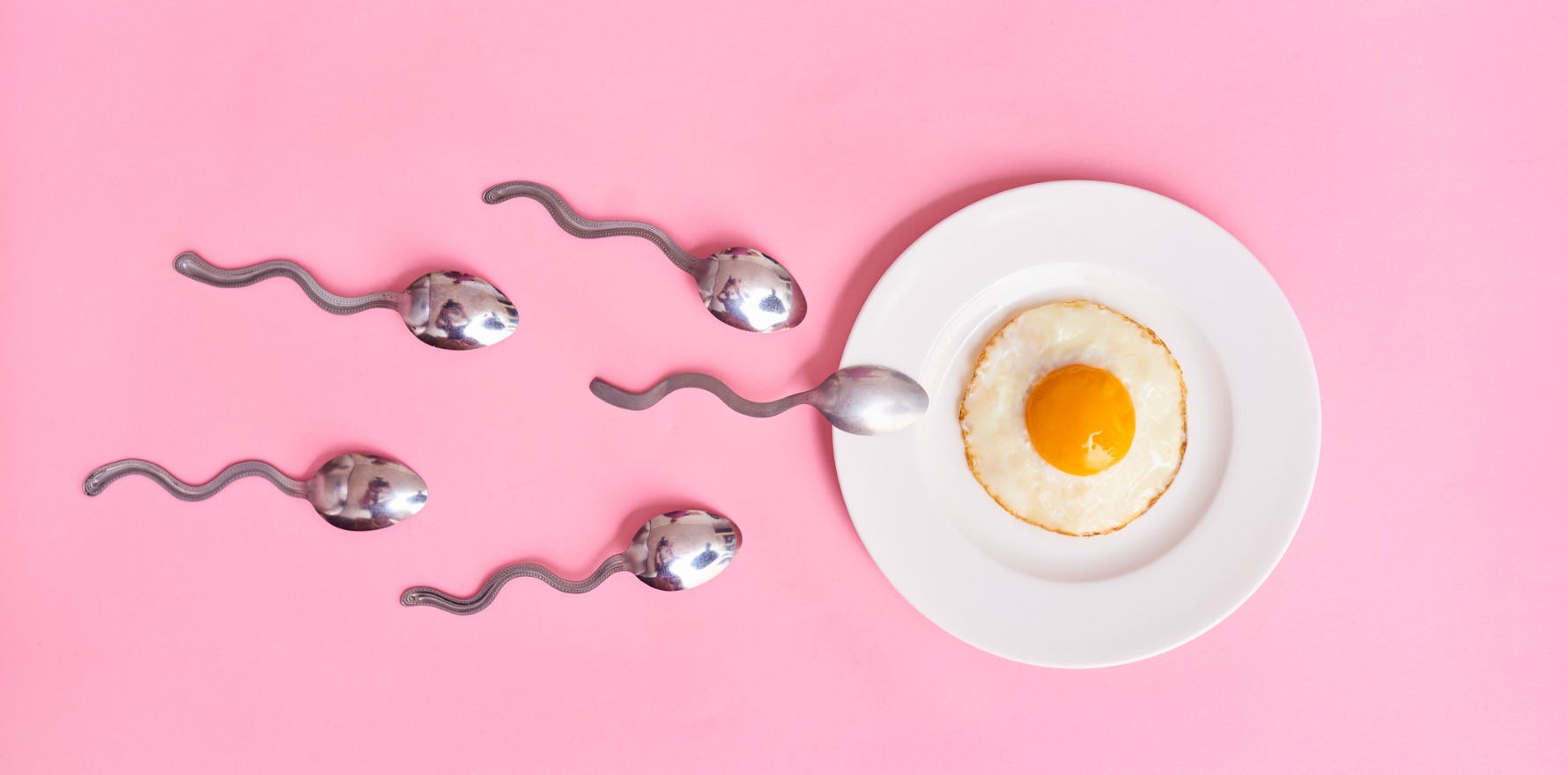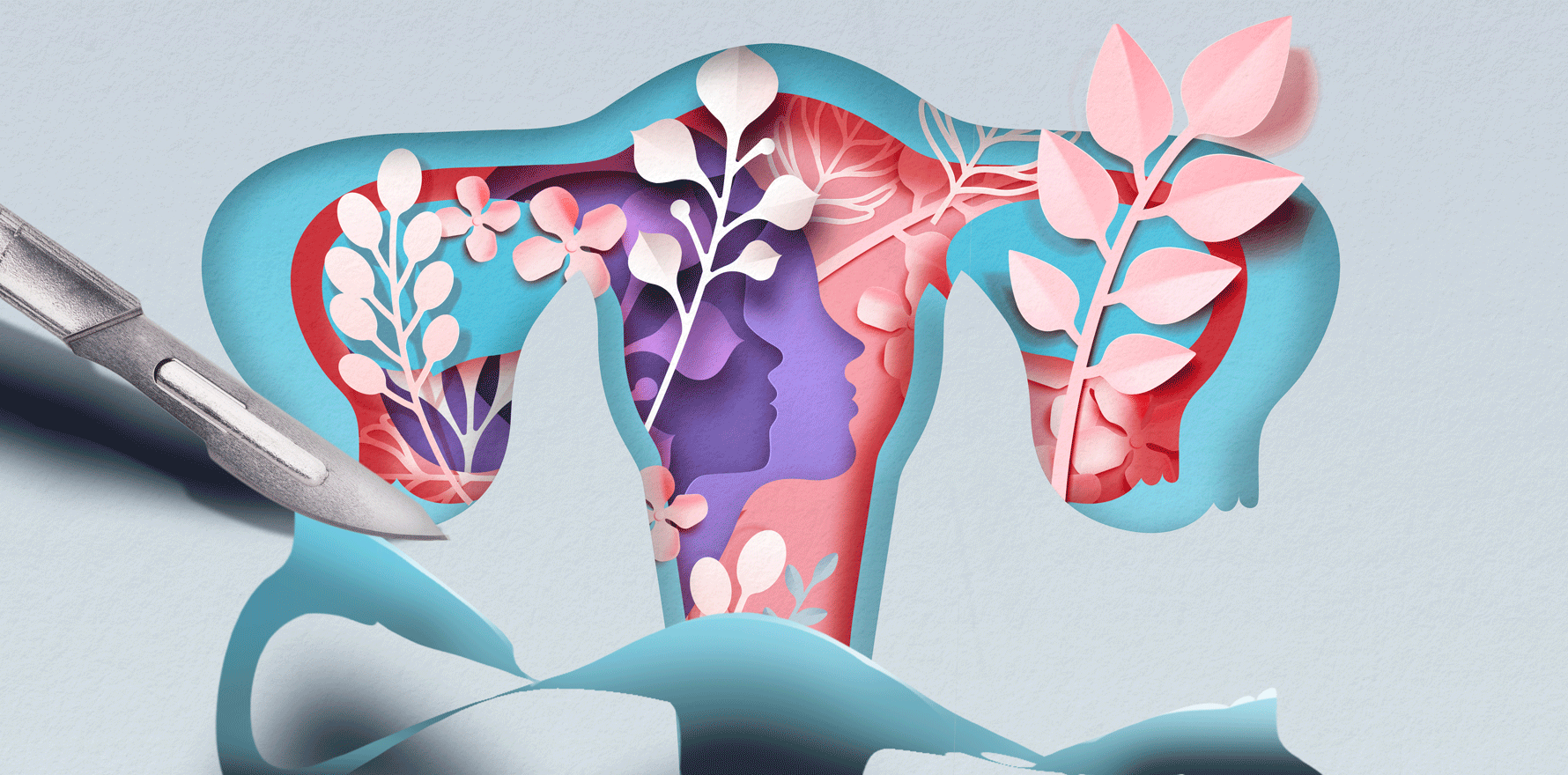Age at harvesting remains the most important consideration, experts say.
A quarter of IVF attempts with frozen eggs result in a live birth, on par with overall IVF success rates, research finds.
A British study from the London Women’s Clinic found that 26% of transferred embryos, created from those thawed eggs and immediately implanted, resulted in a live birth. The cumulative live birth rate, which included embryos that were frozen, was 36%. For eggs that were frozen under the age of 35, the live birth rate was 57%.
“The results are now comparable to routine IVF,” the authors said. “Not everyone who returns to use their oocytes will conceive, but for those choosing to preserve their fertility, oocyte freezing can provide reproducible and reassuring results.”
The centre followed up outcomes for 26,989 eggs frozen over 3182 cycles between 2008 and 2022, for 1949 patients. The reasons for cryopreservation were mostly social (89%), and then medical (9.2%) and incidental (1.9%).
During the 15-year period, 299 women underwent 332 thaw cycles, with 202 fertilising and transferring the embryos immediately, and 130 freezing the embryos.
“What they’re showing with the numbers is that the pregnancy rate is similar between frozen eggs and fresh eggs, which I think is a very good outcome, Associate Professor Alex Polyakov, medical direct of Melbourne fertility clinic, Genea, told OR.
“So we can say to women that if you freeze your eggs, it’s like you’re having IVF right now. And if you come back in five years, if you were to have IVF with fresh eggs, the chance of pregnancy will be much lower.”
What is crucial is the age at which eggs are harvested – not the age at use, or how long the eggs are frozen for, stressed Professor Polyakov. “Once frozen, they are completely inert,” he said.
“After 40, I probably would say it’s too late. Anything before that, it’s fine. But as women get older, especially after 35, you need to get exponentially higher numbers of eggs to produce the same chance of live birth.
“Most people will say that you need about 20 eggs frozen between the ages of 30 and 35 to have a decent chance, probably about 70%, of actually having a baby from those eggs,” he said.
However, it was also important to understand that even having that number did not guarantee a child.
“There is attrition at every step. Not all eggs that are frozen survive the thaw, it’s only about 80%. Not all thawed eggs become embryos. Not all embryos progress to become good quality day five embryos. And not all good quality day five embryos produce a pregnancy,” Professor Polyakov said.
Furthermore, once those eggs were gone, if the patient was returning at an older age, there was no chance of harvesting more.
Related
GETTING BANG FOR YOUR BUCK
Medicare subsidises the cost of egg harvesting if there is a medical reason, such as infertility, severe endometriosis, the need to have chemotherapy, or a risk of early menopause.
For other reasons, patients pay around $7000-$10,000 per cycle.
Storing a frozen embryo in Australia costs around $500 a year and is not covered by Medicare, regardless of the reason.
To make it cost effective, it’s recommended that people freeze their eggs in their early 30s, said Professor Polyakov.
“There are papers from the United States that say probably somewhere around 35 you get the best bang for your buck, so to speak. But I feel that it’s probably a bit less. Currently in Australia, I would say that somewhere between 30 and 34 would probably be ideal.
“If you freeze them at a younger age, you’re less likely to return, for obvious reasons. You might find someone and have children. But if you freeze them when you’re older, you’re less likely to actually have a baby from those eggs. So there is a bit of a tension between cost effectiveness and what would be the best time to do this.”
According to the authors of the paper, the number of women freezing their eggs at the London clinic has steadily increased, but only 14% of those women returned to reclaim their frozen eggs.
Professor Polyakov said that’s not a surprising number. In Australia it’s between 10 and 25 per cent, he told OR.
As the paper notes, people freeze their eggs for a variety of reasons – incidental (they don’t have the sperm to fertilise on the day), medical and social.
The first group will return quickly. For the second, the time taken depends on their treatment, perhaps chemotherapy or surgery, and they return after that is complete.
“For social reasons, it’s tricky to say how long it takes, because the numbers have only picked up in the last five years, so we don’t really know,” said Professor Polyakov.
Currently there is a shortage of donor eggs available in Australia, he said, and one way to address that is to look towards the large number of discarded eggs to fill that gap.
“This pool of eggs that we have stored, if only 25% of women come back, 75% of eggs will be discarded eventually with no benefit to anyone. So what we suggest that is that those women who freeze their eggs and don’t use them may consider donating them to other women. And they should be compensated for the amount of money that they spent storing them and producing them,” he said.
“That would be consistent with the moral principles and legislation in Australia.
“And that solves two problems. First of all, it solves the problem of egg donors in Australia. And secondly, it actually improves the cost effectiveness of the whole egg freezing business, because then those eggs are actually used for something.”




